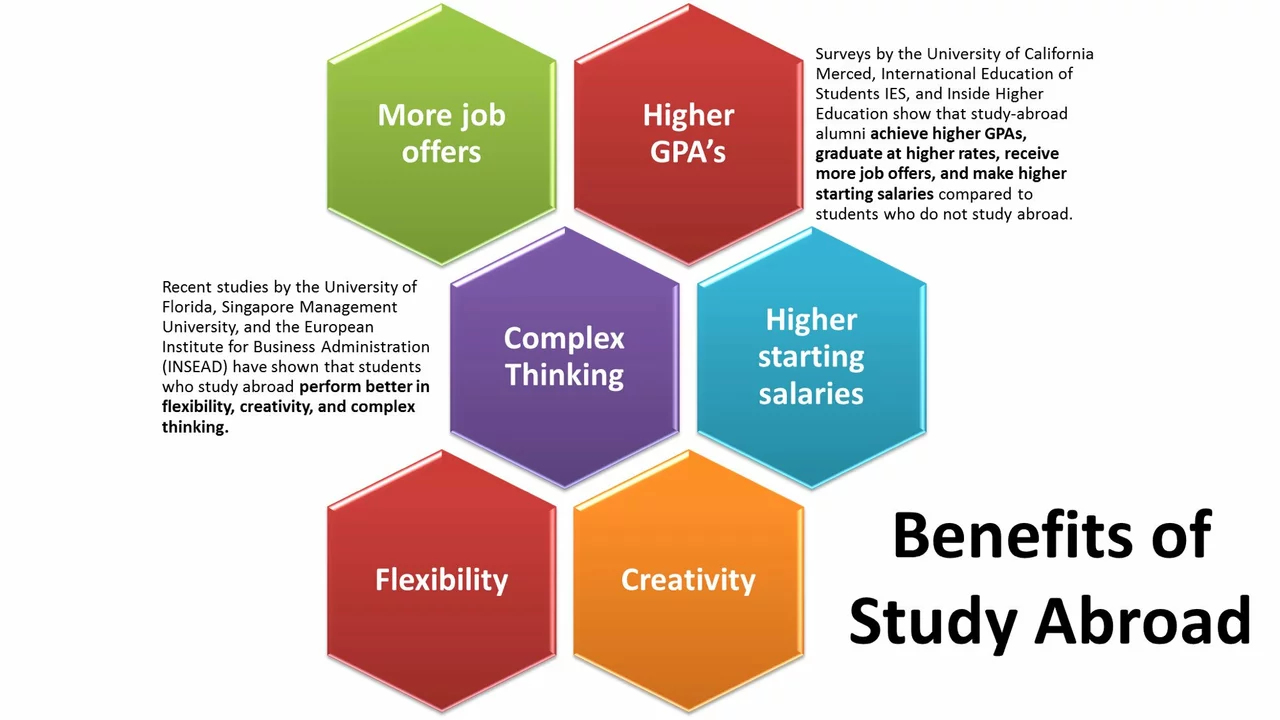Subsidizing Education: Why It Matters
When money blocks a student from studying, a subsidy can be the bridge that gets them across. In plain terms, subsidizing means giving a financial boost—whether it’s cash, a discount, or a free service—to cut the cost of schooling. This simple idea helps more people stay in class, finish certificates, and aim higher.
Governments, charities, and even private companies use subsidies to lift up education. The goal is the same: make learning affordable for everyone, not just those with deep pockets. That’s why you’ll see terms like "scholarships," "grant programs," and "tuition waivers" all over education news.
Ways Subsidies Help Students
First, subsidies can lower tuition fees. A public university might receive state money that lets it charge less per year. For a family, that difference can mean the gap between dropping out and graduating.
Second, they cover supplies. Some programs pay for textbooks, laptops, or internet access. Without that help, a student in a remote area could be stuck without the tools needed for online classes.
Third, subsidies protect against emergencies. If a student loses a job or faces a health issue, emergency grants can keep them enrolled until things settle down.
Finally, subsidies encourage special programs. Think of vocational training for renewable energy or coding bootcamps aimed at under‑represented groups. Funding these niche courses expands skill sets that match today’s job market.
How to Find Subsidy Opportunities
Start by checking your school’s financial aid office. They usually have a list of government schemes, private scholarships, and local charity grants. If you’re looking online, official education department websites often have searchable databases.
Don’t overlook community groups. Libraries, NGOs, and even faith‑based organizations sometimes run small grant programs for local students. Signing up for their newsletters can give you a heads‑up on new funds.
When you spot a subsidy, read the eligibility rules carefully. Most require proof of income, residence, or academic performance. Gather documents like tax forms, report cards, and a short personal statement before you apply.
Apply early and follow each step. Missing a deadline or skipping a required attachment can cost you a chance at help. If you’re unsure, reach out to the contact person listed—most agencies are happy to answer questions.
Remember, subsidizing isn’t a one‑size‑fits‑all solution. It works best when teachers, parents, and students collaborate to spot gaps and match them with the right funding. By staying informed and proactive, you can turn financial hurdles into stepping stones toward success.
So the next time you hear the word "subsidizing," think of real‑world impact: lower costs, better resources, and more people achieving their learning goals. It’s a simple tool that can change lives—if you know where to look and how to act.

Does subsidizing higher education lower its value?
Well, butter my biscuit, we're diving into a hot topic here folks! Let's chew on this: does throwing government cheddar at higher education devalue it? Some folks think so, arguing that when Uncle Sam picks up the tab, degrees might lose their sparkle. But others say, "Hold up! More education for everyone? That's like complaining about too many puppies!" Still, it's a tricky balance - like trying to juggle flaming pineapples. So, is subsidized education a value-deflating boogeyman or just a misunderstood champion of the masses? The jury's still out, folks.
Read More